Fennel-Roasted Wild Alaskan Halibut
May 15, 2014, Updated Aug 13, 2017
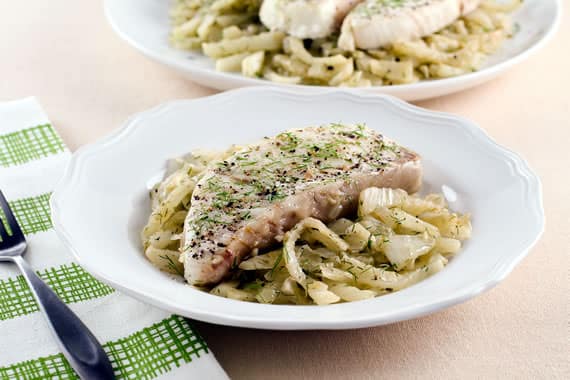
A few years ago, Matty and I hosted a small dinner party for a few friends. My job was to keep the wine and conversation flowing, and to stay out of his way in the kitchen, while I not-so-stealthfully tried to snap a few photos.
I posted this Fennel-Roasted Halibut recipe shortly after the party, but my camera-phone picture was so awful that I can’t imagine anyone would have ever actually wanted to try it. So today this recipe is getting a face-lift, thanks to my friend Kelly.
As our guests arrived, they noshed on Renegade Pickles, a spicy batch of cucumbers and breakfast radishes that Matty pickled earlier in the day. The official start to the meal was a sweet-but-zingy Spicy Carrot and Cilantro Soup, (don’t miss the comments on my Carrot Soup post about making your own vegetable stock!), followed by a main course of fennel-roasted wild Alaskan halibut.
Even if you hate fennel, I dare say you might like this dish. One of our guests – who usually hates the stuff – cleaned her plate. The sautéed fennel was sweet and mild, and the fennel stalks baked with the fish kept it moist, infusing a subtle licorice flavor.
Before I get to the recipe, I want to mention three important points to consider when cooking fish:
First: Buy sustainable. Wild Alaskan Seafood is my go-to choice, since the fisheries are well-managed, and it’s easy to remember. My favorite resource is the Monterey Bay Aquarium’s Seafood Watch, and you can find some helpful resources at The Sustainable Seafood Blog Project.
Second: Buy the freshest, highest-quality cuts of fish you can find (and afford). I believe it’s better to choose quality over quantity, though this time Matty went a little overboard, splurging on three pounds of exquisite halibut steaks from Santa Monica Seafood. (Doubling the recipe below.)
Third: Whatever you do, don’t overcook it! Fish is ready when it flakes easily throughout, and is no longer soft in the middle. It’s important for safety to cook it all the way through, of course, but go beyond that and it’ll start to get tough and dry. Better to err on the side of caution – you can always cook it a little bit longer, but you can never un-cook it!
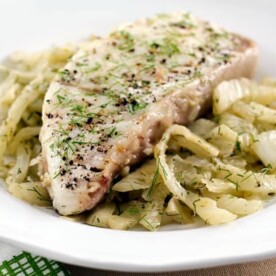
Fennel-Roasted Wild Alaskan Halibut
Ingredients
- 2 pounds fennel, with fronds still attached (3 medium bulbs)
- 2 tablespoons extra virgin olive oil
- 1 medium onion, coarsely diced
- 2 garlic cloves, minced
- Sea salt and freshly ground pepper
- 1 1/2 pounds wild Alaskan halibut
Instructions
- Preheat oven to 450°F. Cut the stalks and fronds from the fennel and set aside. Cut the bulbs into quarters and remove the center cores (save in the freezer for making veggie broth later!). Slice into thin strips and set aside. Finely chop the fronds until you have about 2 tablespoons, and set aside.
- Place the fish in a lightly oiled baking pan, in a single layer. Sprinkle with salt and pepper. Cover with the fennel stalks, then cover the pan tightly with aluminum foil. Set aside for just a few minutes while you get the fennel strips started on the stove.
- In a large, nonstick pan, heat olive oil over medium heat. Add the onion and cook for a couple of minutes, until it begins to soften. Add the fennel and continue cooking for about ten minutes, until everything is tender.
- At this point, put the fish in the oven. Bake for 15 minutes, then test for doneness. It should flake easily with a fork, and not be mushy in the center. If it is, bake another five minutes and check again.
- Back on the stove, add the garlic. Stir and cover. Reduce heat, and cook for another 5 to 10 minutes, stirring occasionally. Add the chopped fronds, mix gently, and remove from heat. Season to taste with salt and pepper.
- When the fish is done, remove from the oven and put the fennel stalks in your compost pile. Serve each piece of fish on a bed of the sautéed fennel.
Nutrition
Photos by Kelly Jaggers for Eating Rules.

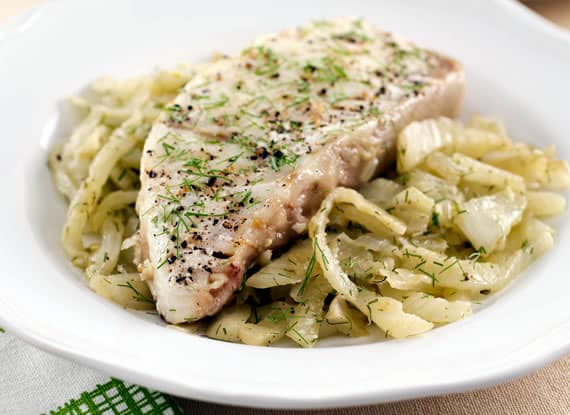

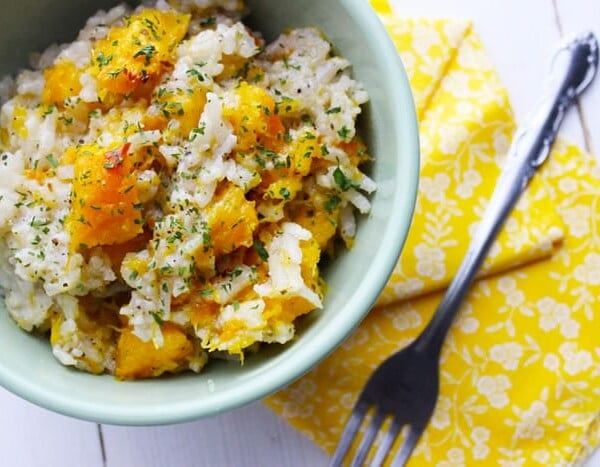
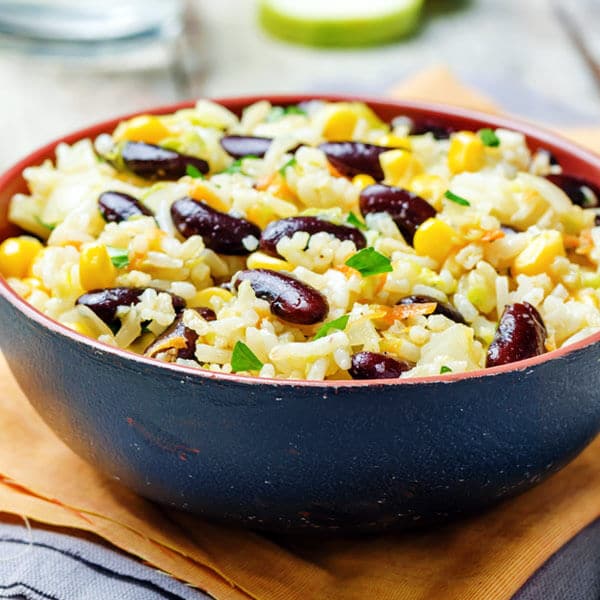
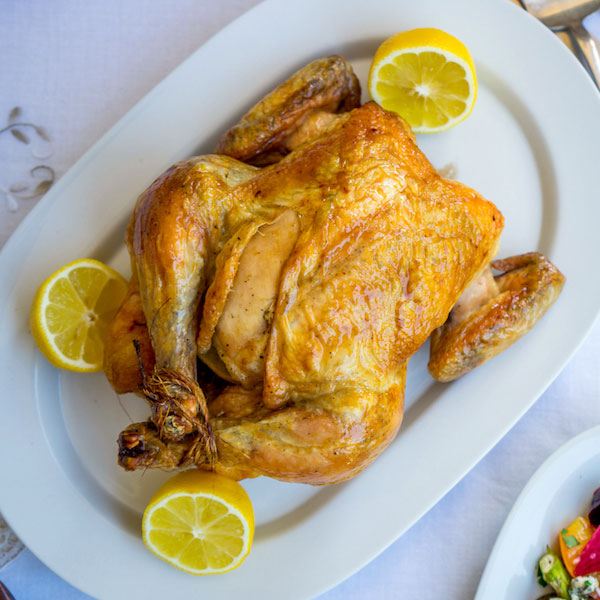
















Hi, I found your site via your oil comparison chart. I’m wondering why you used olive oil to cook med-high heat instead of a nut oil or avocado oil. Thanks.
Hi Karen. Good catch! The recipe actually should have said medium, not medium-high heat. I just corrected the post, thanks.
Olive Oil is still my go-to for most sauteeing, but not for high heat, as you point out. Nut oil, avocado oil, or coconut oils would all be great choices too.
I have misplaced your recipe for quinoa salad. We truly enjoyed it, but I cannot remember the ingredients. Thanks for your ongoing information!
Hi Marie – Not sure which quinoa salad you’re talking about, but I just updated my recipe index, so it should be easier to find! Take a look: http://www.eatingrules.com/recipes/ 🙂
I’m a big fan of fennel, and of course Alaska Seafood. So this is a winner for me. GREG
I didn’t think I liked halibut until I tasted a really good quality one. It makes all the difference in the world. I am putting this on my to-do list.